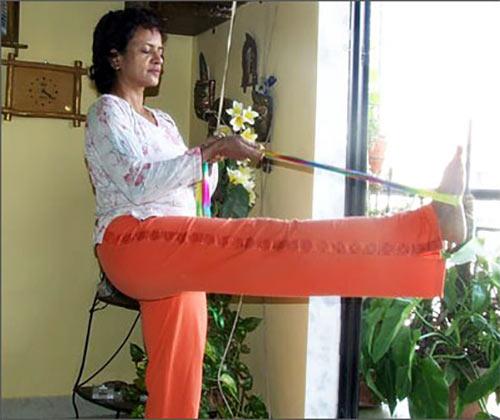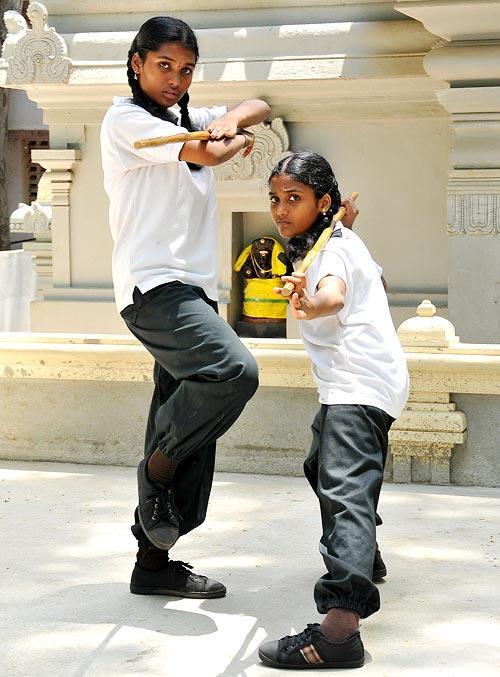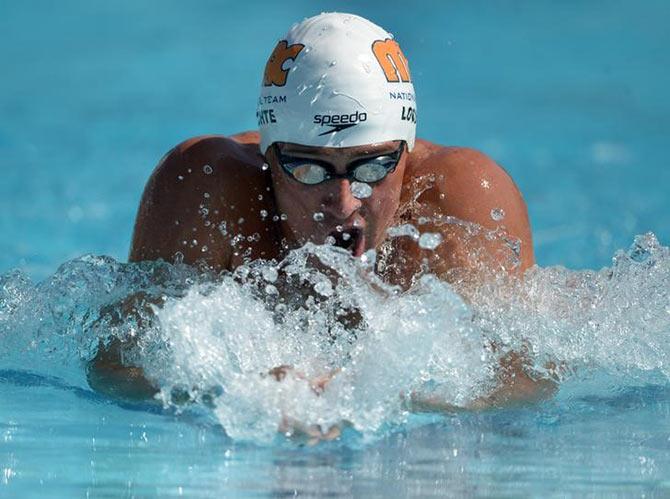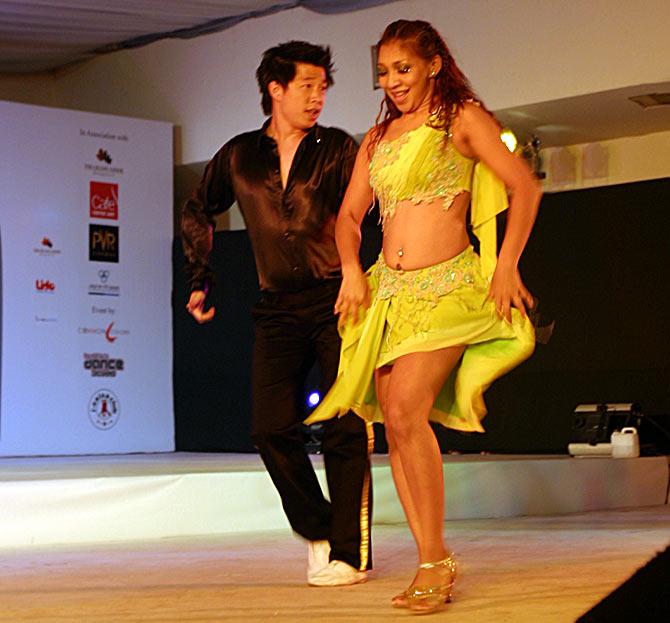 | « Back to article | Print this article |
Working out with machines has become very popular. Gym ‘packages’ are cheaper than club memberships (for special games), coaches, or training for games or other forms of training.
Some gyms are open 24x7, or are open for longer hours than grounds for sports or other kinds of physical activity. You can even buy your favourite work-out machine and do it in your own space and time.
So, while the advantages of working out with machines are many, Shameem Akthar, yogacharya trained with the Sivananda Yoga Vedanta Centre, lists five reasons why you should look elsewhere for pure and real health.
Ball games

Any field game makes for a super work out. To play the game you need a certain level of fitness, body skills and strength.
The ability to run fast and effortlessly, the ability to switch tracks midway, body-limb co-ordination (which, intriguingly, becomes deflated in people who do only running or gym) grows exponentially.
These skills improve as you continue playing on a regular basis. If you hear of injuries during such games, it only happens with those who are “weekend warriors” and play the game without any adequate preparation.
Peripheral vision and overall vision are also impacted positively. Playing games gives a powerful high (from endorphin release, which is higher than what you get from the machines).
You mesh and play as a team (a core component in training in all spheres of life that most people lose track of) which is a powerful life skill.
On a machine, your mind is likely to lose focus and keep on with its subconscious static. While playing games, this inner static (which is now believed to be one of the root causes of emotional and physical ailments) shuts down because the mind is engrossed in playing the game. This can make playing games not just fun, but even healing in the long term.
Balance tricks

Photograph: Shameem Akhtar
Rope yoga, Iyengar yoga, aerial silk, hula hoop, parkour and other activities like cross-fit training (which can bring in these elements if the trainer designs his/her package well) spike the fun quotient of the training.
They also enhance special body skills to challenge balance. This makes the work-out fun, keeps the mind engaged in a lively fashion (which is half the trick to looking young and good).
Balance games and training involve more muscle groups than do other forms of training. This is because to maintain balance, even subtle muscle mass called fascia needs to work out.
That is why to really tone up or lose weight, it is necessary to engage fascia with balancing tricks. This way, not just the big muscle groups, but also subtle and fragile tissue, are toned.
The cerebellum, the more reactive part of our nervous system, is also engaged. The cerebellum is involved in cognitive learning, impulse control, conditioned reflexes, memory power, amongst other mental skills. The ability to maintain balance is one of the biological markers that determine youth.
Martial arts

Sisters and Silambam champions N Nagabhavani and N Lakshmi Soujanya.
Photographs: S Saraswathi
Martial arts involve several aspects of mind-body training and are possibly the most complete work-out you can engage in.
Thai kickboxing, Tai Chi, Copeira, Kalaripayattu, Kung Fu, Karate, and the many others are available today. But don’t flit from one form or art to another. It’s best to stick to one, grow in it and really use it as a complete health package.
Martial arts engage the mind totally. They are deeply meditative. They help improve brain-limb co-ordination, which begins to deteriorate as early as our twenties.
Vision also improves due to the demand on complete focus of the eyes. All martial arts teach flexibility skills. Other bonuses are improved self-confidence and self-esteem.
It is also safe to say that if your trainer is thorough, this could be the most promising way to toned abs because many martial arts movements need core strength. You may find paunchy trainers or practitioners in other fields, but they are rare in martial arts.
Swimming

Photograph: Reuters
This is the best form of exercise, even for those recovering from serious injuries. This is because much of the effort towards holding the body up (against gravitational drag) is taken care of by the water, so it becomes a gentler effort for the practitioner.
Swimming is regarded as low-impact training, and so is advised for those recovering from muscle injuries and those with arthritis.
Even if you can’t swim, try aqua yoga and aqua pilates in the low end of the pool.
Benefits of using a water work out are brain-limb co-ordination, complete muscular challenge over the whole body, healing of damaged tissue, and improved respiratory skills.
Dancing

Photograph: Reuben NV/Rediff.com
Dancing is the sign of super health in our evolutionary history. In primitive societies, group dance was where potential mates displayed their physical prowess and skill in attracting potential mates.
Dancing possibly has a similar impact even today, and explains why we admire dancers and dance forms, and why it is so much a part of all cultures around the world.
Dancing involves the entire body. It also asks for tremendous physical strength, breath capacity, mental focus (to follow steps), harmony between the left brain (to pick up the steps and choreography) and right brain (to give the fun quotient and ability to enjoy while doing something super difficult).
It develops special skills of the mind as well. This makes a dynamic form of meditation. There is nothing to beat the spike of feel-good hormones through a bout of dancing.
Top image, courtesy: Abhijit Mhamunkar